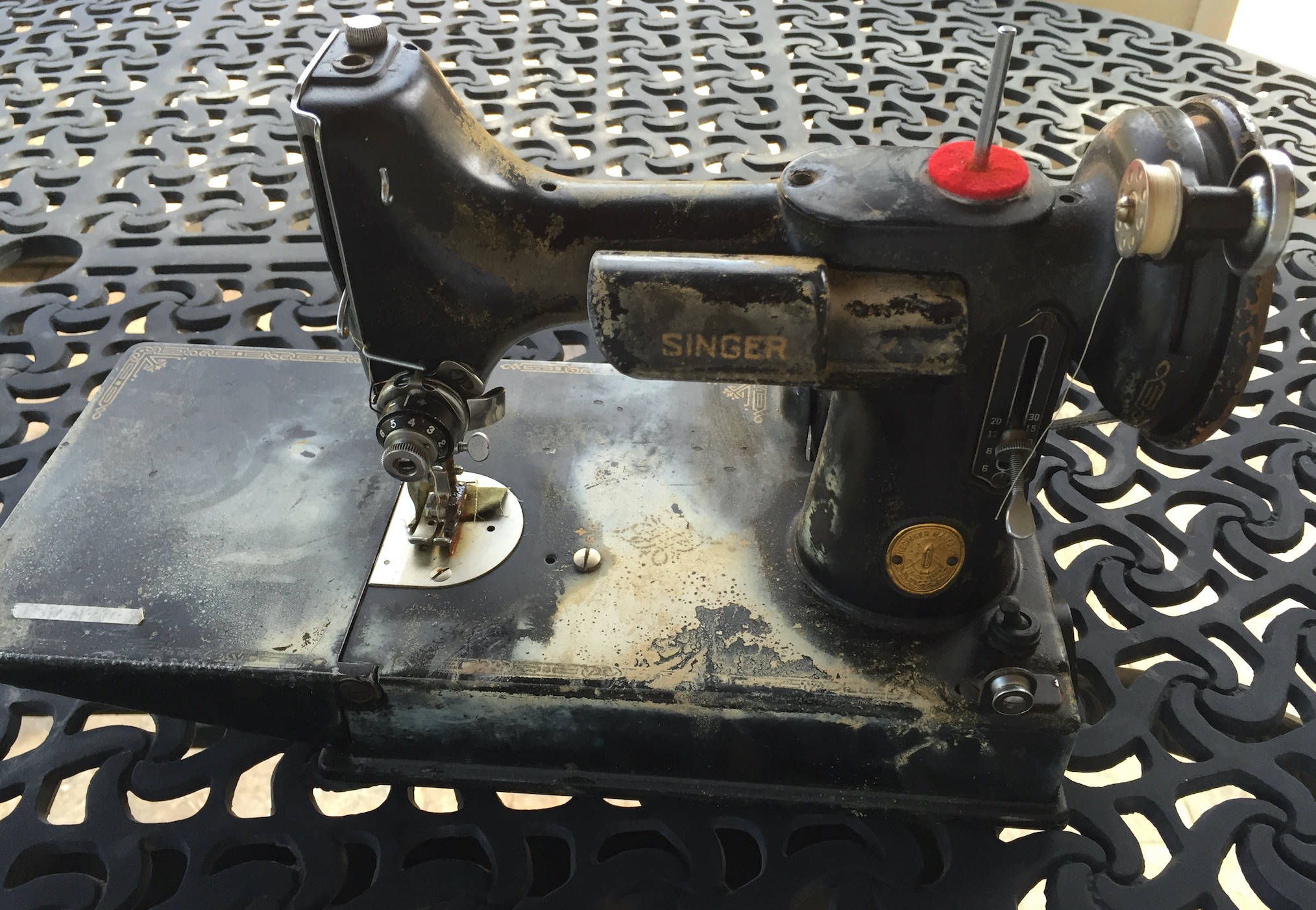

For convenience, we’ve been taught to keep our quilting tools and supplies near the point of use. Quilters who live in flood-prone areas may also need to plan for safe storage of fabric, sewing machines, and tools when threatened by flash flooding. When an unnamed tropical storm hit Louisiana in August of 2016, it dumped more than 30 inches of rain in two days causing rapid flooding of 75% of the homes and businesses in my town including many homes that were not located in the 100-year floodplain. In many cases the flood water was contaminated by sewerage and chemicals. Many quilters lost everything, but others were able to save fabrics and tools by washing and disinfecting them. After going through this devastating flood resulting in 27 inches of floodwater in my home, I (TQS Member, Batik) would like to offer advice to other quilters from the lessons I have learned. Please note that many plastic storage containers are NOT water-tight. The following are questions to consider when storing fabric, tools, and supplies:
· Can it be washed, cleaned and disinfected?
Fabric yardage and fat quarters can be washed and sanitized by adding vinegar, borax, or other disinfecting cleaners to your washing machine. Synthropol or dye catching sheets may be used to prevent or lessen stains from fugitive dyes. Read labels and follow instructions for using these products. Precuts such as jelly rolls and charm packs may successfully be hand washed and hung on drying racks or laid flat on a clean sheet to dry. Store works-in-progress safely on a high shelf because these would be difficult to wash without raveling and distortion. Spools of thread and yarns such as perle cotton would be impossible to wash and disinfect.
Acrylic rulers and templates and many other tools may be cleaned with disinfecting wipes or may be disinfected by soaking for 5 minutes in a solution of ¼ to ½ cup of liquid chlorine bleach per gallon of water. Read labels for instructions and spot test a small area before using these products.
· Can it be replaced? Is it a family heirloom, antique, or does it have sentimental value?
Store these items on a high shelf, hang them on the wall, or display them on a wall shelf. Patterns may no longer be available and books may be out-of-print.
· Is it expensive to replace?
Never store a sewing machine on the floor. Mechanical machines may be salvaged but repairs will be expensive. Machines with electronic parts would likely be ruined by water. If you will be away from home for an extended vacation, move your sewing machine to the highest level in its cabinet or move it to another higher location. Your sewing machine feet, walking foot, and stitch regulator should be stored in water-tight containers or placed safely on a high shelf.
· Will it rust or warp? Is it paper?
Solid wood furniture may survive being submerged in water but surfaces may need to be refinished or repainted. Hinges and hardware may rust. Furniture made from Medium Density Fibreboard (MDF), plywood, or laminate is likely to warp and cannot be repaired.
Screws and metal parts of sewing machine presser feet; as well as pins, needles, sewing machine needles and other metal tools may rust. Store quilt patterns in a sealed water-tight container. Many zip-top bags are NOT water-tight. Store books and magazines on a high shelf.




.jpg)



RSS feed for comments to this post